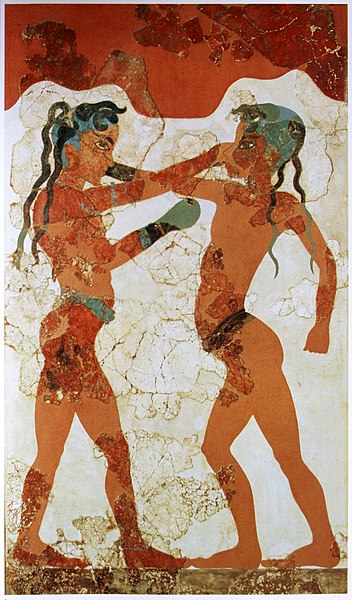Historical Development of Martial Arts
By Maurice Novoa a master under the Yuen Kay Shan, Ip Man and Pan Nam lineages.
Introduction:
Welcome to an enthralling exploration of the historical development of martial arts! As an experienced instructor with over three decades of practice, I’m excited to take you on a captivating journey through the origins, evolution, and significance of these ancient combat practices. Discover how these time-honored arts have shaped civilizations, instilled discipline, and continue to empower individuals worldwide.
The Origins of Combat Techniques
Human history reveals that combat techniques were born out of necessity. In ancient times, our ancestors developed rudimentary self-defense methods to protect themselves from predators and rival tribes. These instinctive techniques laid the foundation for the diverse martial arts we have today.
Early Forms of Combat
As civilizations flourished, combat evolved beyond mere survival tactics. Early societies crafted structured combat systems tailored to their specific needs and beliefs. These ancient arts encompassed not just physical techniques, but also spiritual and philosophical elements that guided warriors in their conduct on and off the battlefield.
Ancient Martial Arts from Around the World
- China: Chinese fighting styles, also known as kung fu, have a rich history dating back thousands of years. Styles like Shaolin Kung Fu, Tai Chi, and Wing Chun gained prominence as iconic examples of Chinese martial prowess.
- Japan: Japan’s fighting styles heritage boasts disciplines like Judo, Karate, and Aikido. These arts emphasize the integration of mind and body, promoting spiritual growth alongside physical prowess.
- Korea: Korea contributed significantly to fighting styles with arts like Taekwondo, Hapkido, and Tang Soo Do. These arts often highlight dynamic kicking techniques, self-defense maneuvers, and philosophical principles.
The Global Spread and Cultural Exchange
As societies interacted through trade routes and migrations, combat techniques traversed borders and cultures. Each region incorporated its unique customs and traditions, leading to the development of diverse martial arts styles across the globe.
Modernization and Formalization of Martial Arts
The modern era brought significant changes to fighting styles. As societies industrialized and urbanized, traditional combat practices adapted to new challenges. Some styles underwent formalization and standardization to ensure their preservation and transmission to future generations.
The Rise of Mixed Martial Arts (MMA)
The advent of mixed martial arts (MMA) in recent times has revolutionized the world of combat sports. MMA blends various disciplines, encouraging practitioners to learn and adapt techniques from different styles. This approach has led to a dynamic and versatile form of combat.
Martial Arts in Popular Culture
The portrayal of martial arts in movies, television, and media has significantly contributed to their global popularity. Legendary figures like Bruce Lee, Jackie Chan, and Jet Li have become cultural icons, inspiring countless individuals to pursue martial arts training.
The Resurgence of Traditional Fighting Styles
Amid the modernization of combat practices, there is a growing interest in preserving traditional techniques. Many schools and academies are dedicated to authentic transmission, ensuring that the essence and cultural heritage of these arts remain intact.
The Philosophy of Martial Arts
Beyond physical techniques, martial arts encompass profound spiritual and philosophical aspects. Practitioners are encouraged to cultivate virtues such as humility, perseverance, respect, and self-awareness. These principles extend beyond the training hall, guiding individuals in their daily lives and personal growth.
Conclusion:
The historical development of fighting styles is a testament to human ingenuity, resilience, and the pursuit of excellence. From their origins in survival techniques to their modern significance as a path of self-discovery and empowerment, martial arts have transcended time and cultural barriers.
As we celebrate the diverse techniques and philosophies that have emerged over the centuries, I encourage you to embark on your own journey of exploration. Whether practicing traditional martial arts, modern combat systems, or a combination of both, each discipline offers unique insights and benefits.

